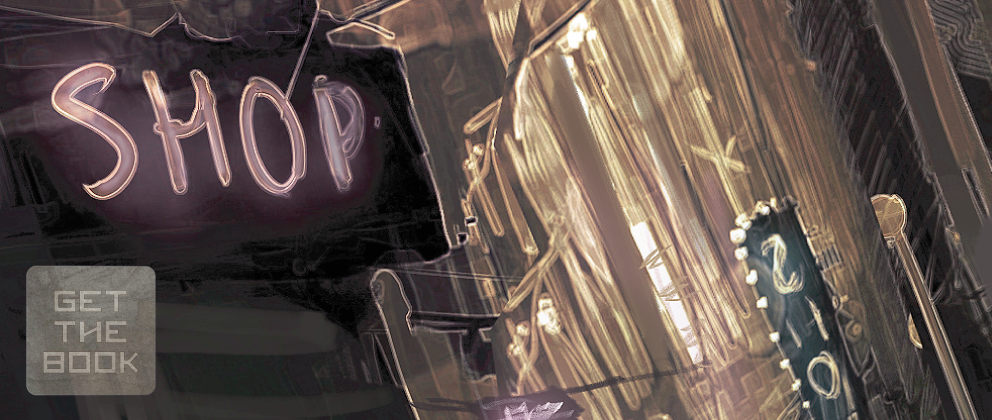If you’re visiting this site, I’m sure you’re well aware that e-book publishing has been revolutionizing the industry. It’s how I’m choosing to publish. E-Publishing has made the industry infinitely more accessible to authors now, and drastically reduced the end cost to consumers. It’s also (arguably) much more environmentally friendly – if you exclude making millions of iPads and e-readers that will be obsolete in three years using heavy metals from China. But hey, that just lends credibility to my sci-fi dystopian vibe, right?
All those benefits aside, it’s drastically increased the complexity for small authors such as myself who are trying to break into the industry. How so? By forcing every new author to wear a great deal many more hats – including ones originally reserved for the agents, editors, and publishers in the industry.
I can only speak from my experience, but one of the major challenges I’m facing right now is navigating the treacherous waters of digital rights management. In the old days, an author wrote a book and simply contracted that book – perhaps with the help of an agent – out to a publisher, who then printed as many copies as they thought they could sell. Barring an extremely ambitious counterfeiter with way too much time on their hands and a large scale printing operation, consumers only had one choice: buy a paper version of the book at what essentially boiled down to industry standard pricing.
Now, a whole new range of hard choices are presented to an author, before the book even makes it into stores. First of all – where will this new book be sold? What platforms? Amazon? iBooks? Barnes and Noble? All of them? Generally, choice is good, especially for the readers. But it also creates unexpected pitfalls. How do I price my book, and what rights am I willing to give up for royalties? Amazon gives the best royalties worldwide for exclusivity. But The Phoenix Fallacy isn’t really an international bestseller right now, is it?
So I guess I really don’t need to worry about that. But what about pricing flexibility? The ability to offer sales, or certain price points? Well, now we’re getting into the meat and potatoes. I had originally considered offering the first book in my trilogy series for $0.99 to build momentum with readers. Hit that 99 cent price point, and possibly generate more sales and excitement. But I can’t do that without sacrificing 50% of my royalty rate through Amazon. And should I really price my book that low? I couldn’t tell you. But my mom and sister both say that they wouldn’t buy a book that’s too cheap. Good to know.
So now that I’ve conducted extensive market research, I’ve determined that maybe I should charge a higher price. But what price? $2.99? $4.99? $5? More? Less? I’m possibly about to make or break the fate of my career as an author, and I’ve got no market analysis! Curse you MBA degree – you’ve given me only questions, never answers!
So what do you think, fair readers? What would you do?







